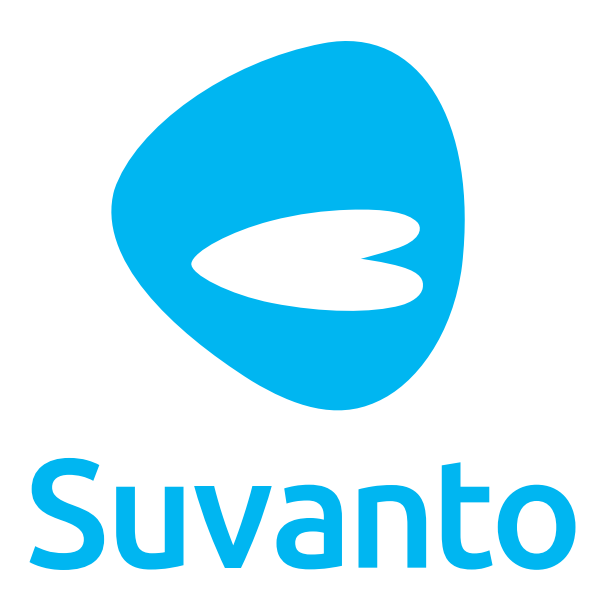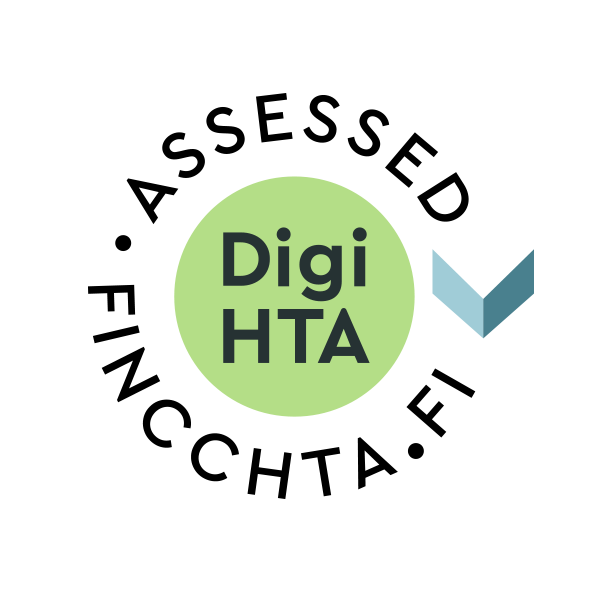The benefits pursued with the product
The primary objective of the Suvanto Care safety service is to ensure the independent and safe living of the elderly at home for as long as possible. With the information collected by the service, the healthcare provider is better able to plan out and assess the need for services and correctly allocate the labour resource of professionals. The service also aims to support the social inclusion and active living of older people.
Research evidence related to the product under evaluation
Suvanto Care has been employed in a number of wellbeing services county projects and pilots, where technological solutions have been sought to support home living for the elderly. In addition, several thesis projects have studied the service. A summary of these final reports and theses has been compiled for this assessment.
Views of the elderly and their loved ones on the service
Sensors, remote access tablets, and emergency phones have increased the sense of security of the elderly and supported their independent living [2,3,4,6,7]. Feeling of loneliness has decreased when it is possible to keep in touch with both relatives and professionals through a video link. Monitoring movement outside the home was positively perceived as encouraging an active lifestyle. [3,6] Remote communication via group video calls has also been positively received among the elderly [8]. The majority of the older people who participated in the projects and pilots felt that the sensors installed at home were imperceptible and did not interfere with everyday life. Some were wary of them and considered them a means of supervision. [4]
In turn, relatives and other close persons to them have felt that sensors and other technological solutions serve as important supportive aids that have reduced concerns about the well-being of the elderly person [2,4]. Video calls with the elderly person were considered particularly valuable [3]. However, the information generated by the sensors has, at times, led to uncertainty and has not been regarded as completely trustworthy. [4]
Views of professionals on the service
Some professionals have felt that the use of technology such as video connectivity and sensors is useful for monitoring the status of the elderly and assessing their need for services [2,3,5,7,9]. Remote connections have been usefully employed to replace some physical visits and speed up, for example, discharge from hospital [3]. During the spring of 2025, for example, in one wellbeing services county, there were just over 200 home care clients using video tablets as part of the Suvanto Care safety service. During that period, just under 6000 remote visits per month were conducted by professionals via the video tablets. During that time, loved ones also made more than 200 video calls per month. [1] The video calls have been seen as a positive addition in everyday life and were felt by the elderly to be beneficial [3,4].
Many professionals believe that the information generated by the technology has not been made use of properly. There has been no time to monitor the sensor data or it has not been considered useful. Various malfunctions have increased workload and reduced well-being at work: for example, battery replacements and connectivity failures have caused unnecessary alarms and increased in-person visits with the elderly. [4]
In some wellbeing services counties, making full use of the technology has been found to require the establishment of a new job role in order to fully integrate the analysis of sensor data and communicating it to caregivers [4,7]. According to the professionals, making use of the technology requires a more customer-oriented needs assessments and a clearer division of duties in order to integrate it into the treatment process. [4,5] Sensor technology may add value to RAI (Resident Assessment Instrument) and SAS (selvitä-arvioi-sijoita, i.e. “determine, evaluate, place”) evaluation data with regard to the client’s nutrition, activity and ability to perform daily tasks to better assess their need for services [10].
Literature reviews
There exist many different types of remote home monitoring systems. These may, for example, combine sensors (sensors worn by the customer, room sensors) in different ways and also differ in the way the information received from the sensors is combined and presented.
The reviews suggest that remote monitoring can help in formulating an overall picture of a resident’s well-being and detect deficiencies in functional capacity earlier than is possible with traditional methods. This can lead to cost savings when the deterioration of the client’s condition can be prevented in time and more invasive treatments can be avoided. [11,12,13,14] Furthermore, remote monitoring appears to be beneficial in supporting living at home [12,13,14,15]. It increases the sense of independence and security of the elderly and promotes a physical active lifestyle. However, the use of technology presents challenges and requires guidance and support. [11,15] Remote communication tools have increased interaction between the elderly, their loved ones, and professionals, but there exists little research on if they can support the social inclusion of the elderly. [12]
Few studies with a comparative design have been carried out, and where they exist, the data sets have been small and follow-up times short. Therefore, there continues to exist a need for research evidence on the effectiveness of remote monitoring systems.


